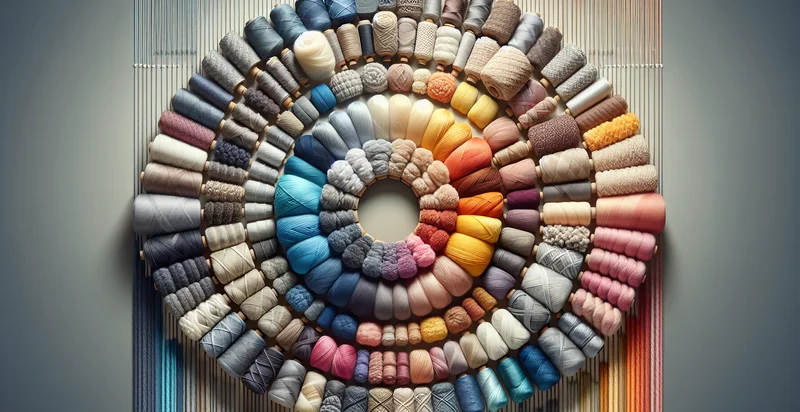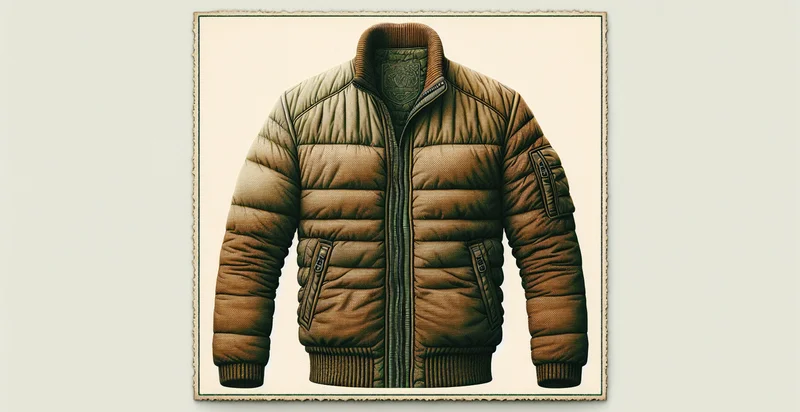Identify what material a hanger is made from
using AI
Below is a free classifier to identify what material a hanger is made from. Just upload your image, and our AI will predict what material a hanger is made from - in just seconds.

Contact us for API access
Or, use Nyckel to build highly-accurate custom classifiers in just minutes. No PhD required.
Get started
import nyckel
credentials = nyckel.Credentials("YOUR_CLIENT_ID", "YOUR_CLIENT_SECRET")
nyckel.invoke("what-material-a-hanger-is-made-from", "your_image_url", credentials)
fetch('https://www.nyckel.com/v1/functions/what-material-a-hanger-is-made-from/invoke', {
method: 'POST',
headers: {
'Authorization': 'Bearer ' + 'YOUR_BEARER_TOKEN',
'Content-Type': 'application/json',
},
body: JSON.stringify(
{"data": "your_image_url"}
)
})
.then(response => response.json())
.then(data => console.log(data));
curl -X POST \
-H "Content-Type: application/json" \
-H "Authorization: Bearer YOUR_BEARER_TOKEN" \
-d '{"data": "your_image_url"}' \
https://www.nyckel.com/v1/functions/what-material-a-hanger-is-made-from/invoke
How this classifier works
To start, upload your image. Our AI tool will then predict what material a hanger is made from.
This pretrained image model uses a Nyckel-created dataset and has 16 labels, including Acetal, Aluminum, Bamboo, Cardboard, Composite, Fabric, Glass, Metal, Plastic and Polyester.
We'll also show a confidence score (the higher the number, the more confident the AI model is around what material a hanger is made from).
Whether you're just curious or building what material a hanger is made from detection into your application, we hope our classifier proves helpful.
Related Classifiers
Need to identify what material a hanger is made from at scale?
Get API or Zapier access to this classifier for free. It's perfect for:
- Retail Inventory Management: Retailers can utilize the hanger material classification function to optimize their inventory management. By accurately identifying the materials of hangers, retailers can track which types are more popular and adjust their purchasing strategies accordingly.
- Sustainable Material Sourcing: Companies focused on sustainability can use this classification system to ensure they are sourcing eco-friendly hanger materials. Identifying the material allows businesses to make informed decisions about their supply chain and reduce their environmental impact.
- Quality Control in Manufacturing: Manufacturers can implement the image classification function to enhance quality control processes. By verifying the material of hangers during production, they can ensure that they meet quality standards and reduce defects.
- Product Recommendation Engines: E-commerce platforms can leverage this technology to enhance their recommendation systems. By classifying hangers based on material, they could suggest compatible clothing items or storage solutions that cater to the characteristics of specific hanger types.
- Market Research and Trend Analysis: Market research firms can use this function to analyze trends in hanger materials used across various retail sectors. This insight can be invaluable for forecasting market trends and guiding product development.
- Compliance with Regulations: Businesses involved in textile and apparel industries can use this classification function to ensure compliance with regulations regarding materials used in packaging and presentation. Ensuring the correct classification of hanger materials helps meet industry standards and regulations.
- Consumer Education and Transparency: Brands can implement this function to enhance consumer transparency regarding the materials used in their products. By informing customers about the types of hangers utilized, companies can build trust and improve their brand image focused on ethical practices.


